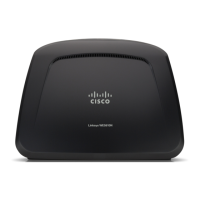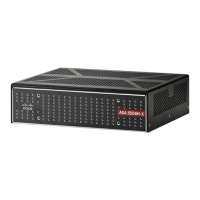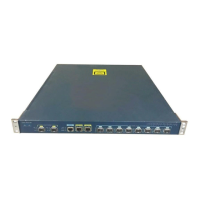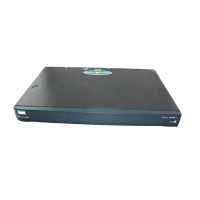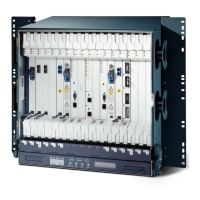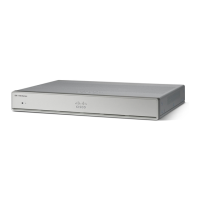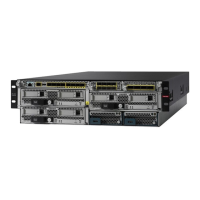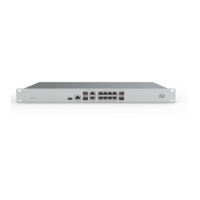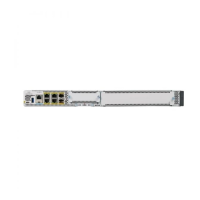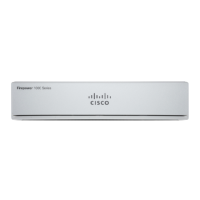Networking
Configuring the LAN
Cisco SA500 Series Security Appliances Administration Guide 46
2
• To view a list of the connected devices, click LAN > DHCP Leased Clients.
For more information, see DHCP Leased Clients, page 53.
• If you need an extra LAN port and are not planning to configure either an
optional WAN or a DMZ, click Optional Port > Optional Port Mode and
choose LAN for the port mode. For more information, see Configuring the
Optional Port as a LAN Port, page 53.
• If you are having problems with your LAN connection, see Pinging to Test
LAN Connectivity, page 221 in Appendix A, “Troubleshooting.”
Viewing the LAN Status
STEP 1 Click Networking > LAN > LAN Status.
The LAN Status window opens. This page displays the following types of
information:
• MAC address of the LAN interface
• IP address and subnet mask of the interface
• DHCP server mode
STEP 2 Click Apply to save your settings.
VLAN Configuration
The security appliance supports Virtual LANs (VLANs), which allow you to
segregate the network into LANs that are isolated from one another. The default
configuration provides for a data VLAN and a voice VLAN, which can be treated
like two separate networks.
You can change the settings for the default VLANs, and you can add new VLANs,
for up to a total of 16 VLANs. For example, if you need a guest network for visitors
to your site, you can create new VLAN. Any PC that is connected to the specified
LAN port is on a separate VLAN and cannot access other VLANs, unless you
enable inter VLAN routing.

